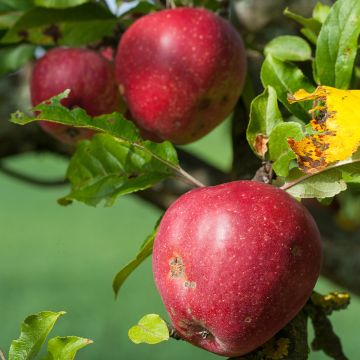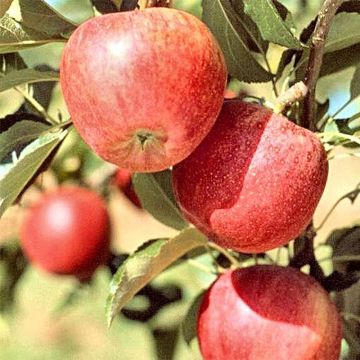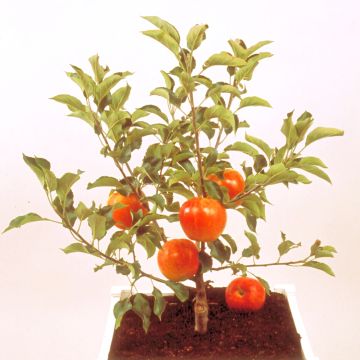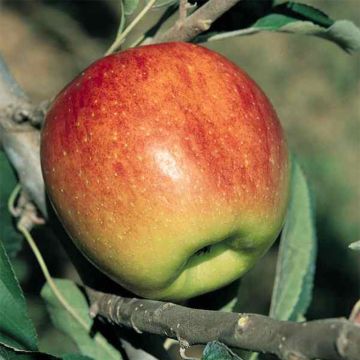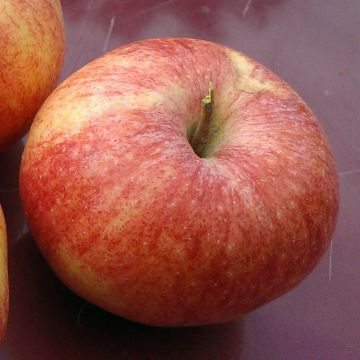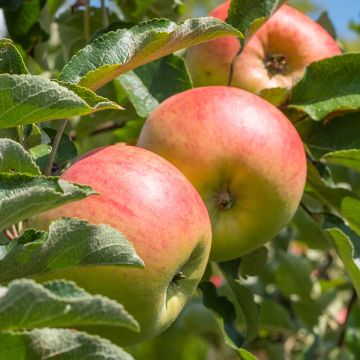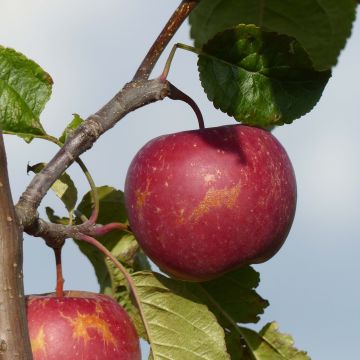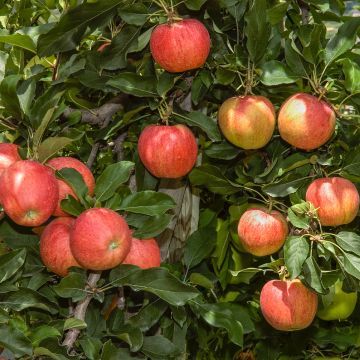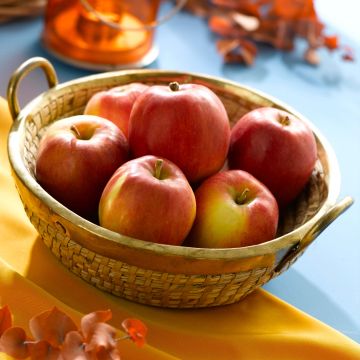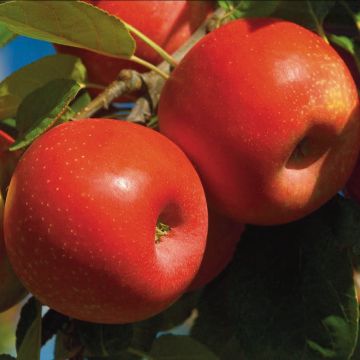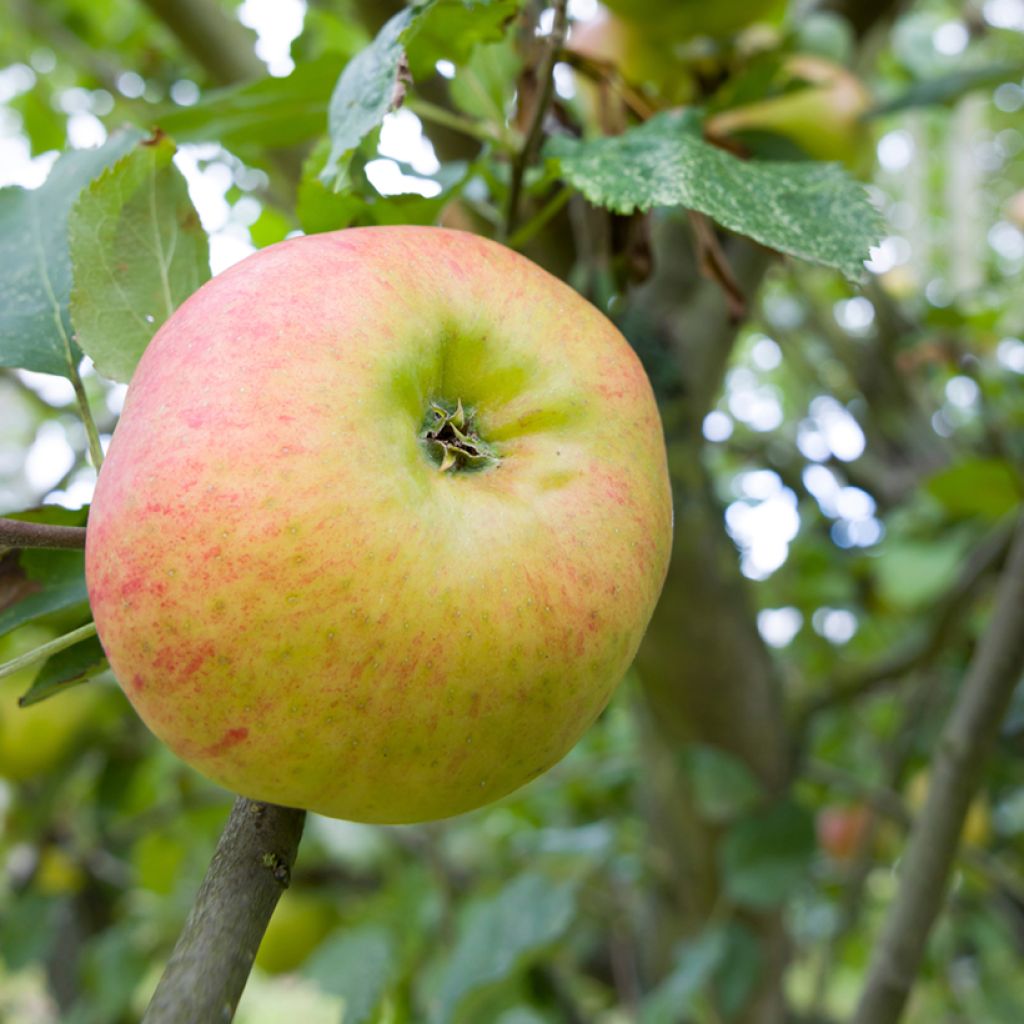

Apple Tree Bramley's Seedling - Malus domestica
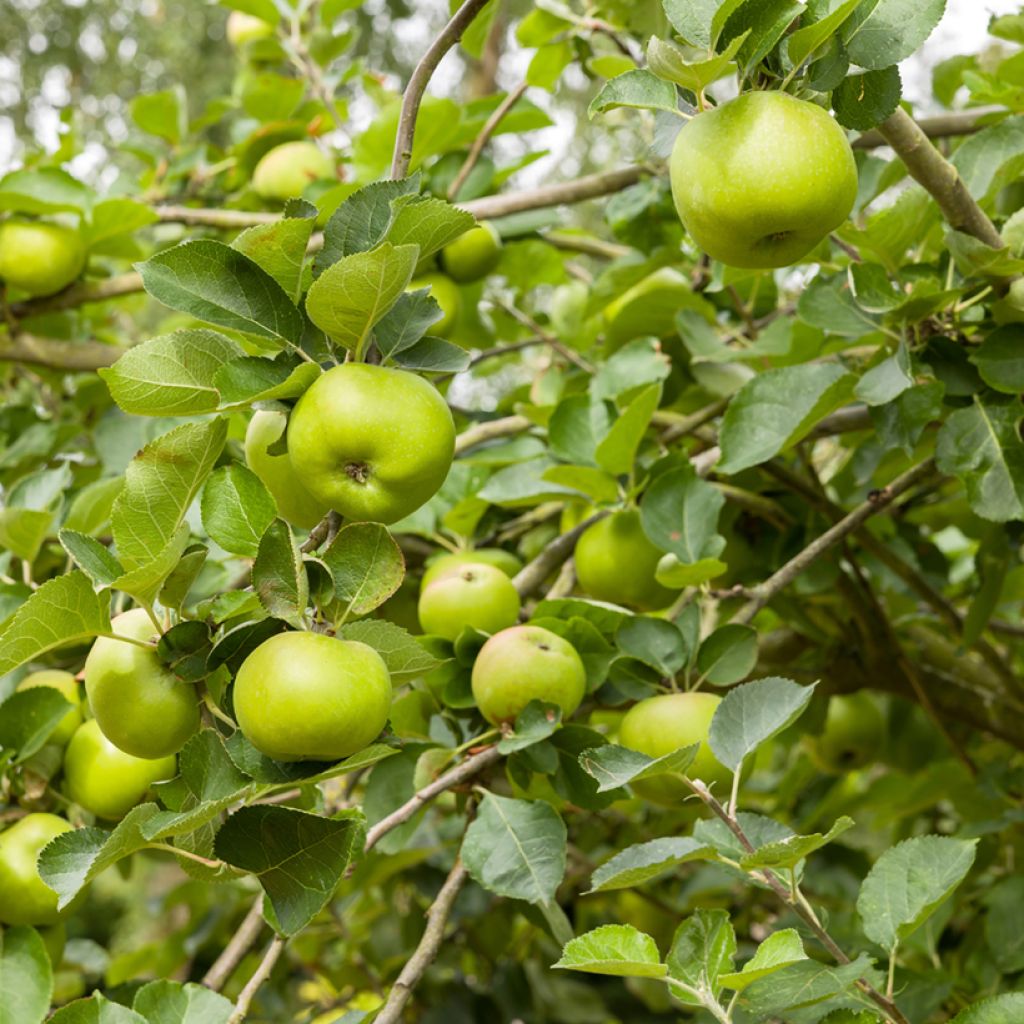

Apple Tree Bramley's Seedling - Malus domestica
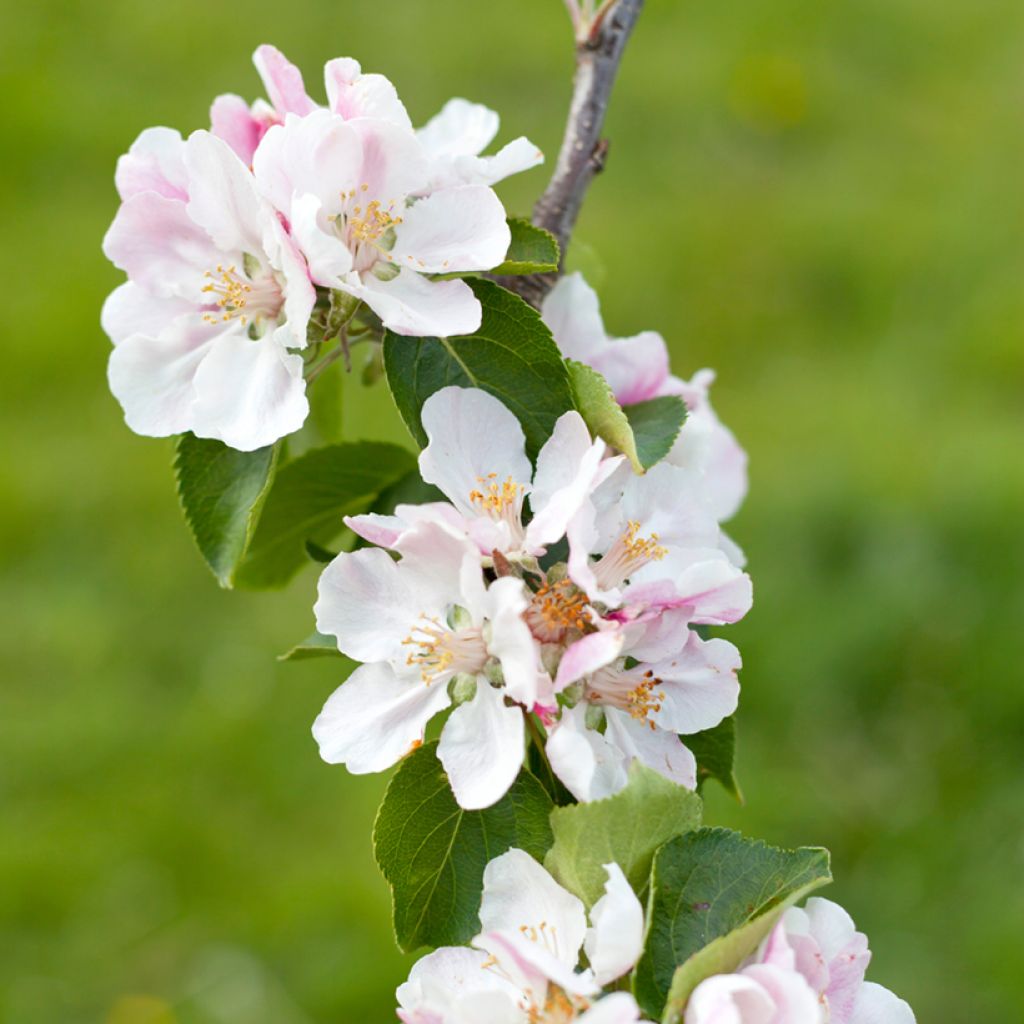

Apple Tree Bramley's Seedling - Malus domestica
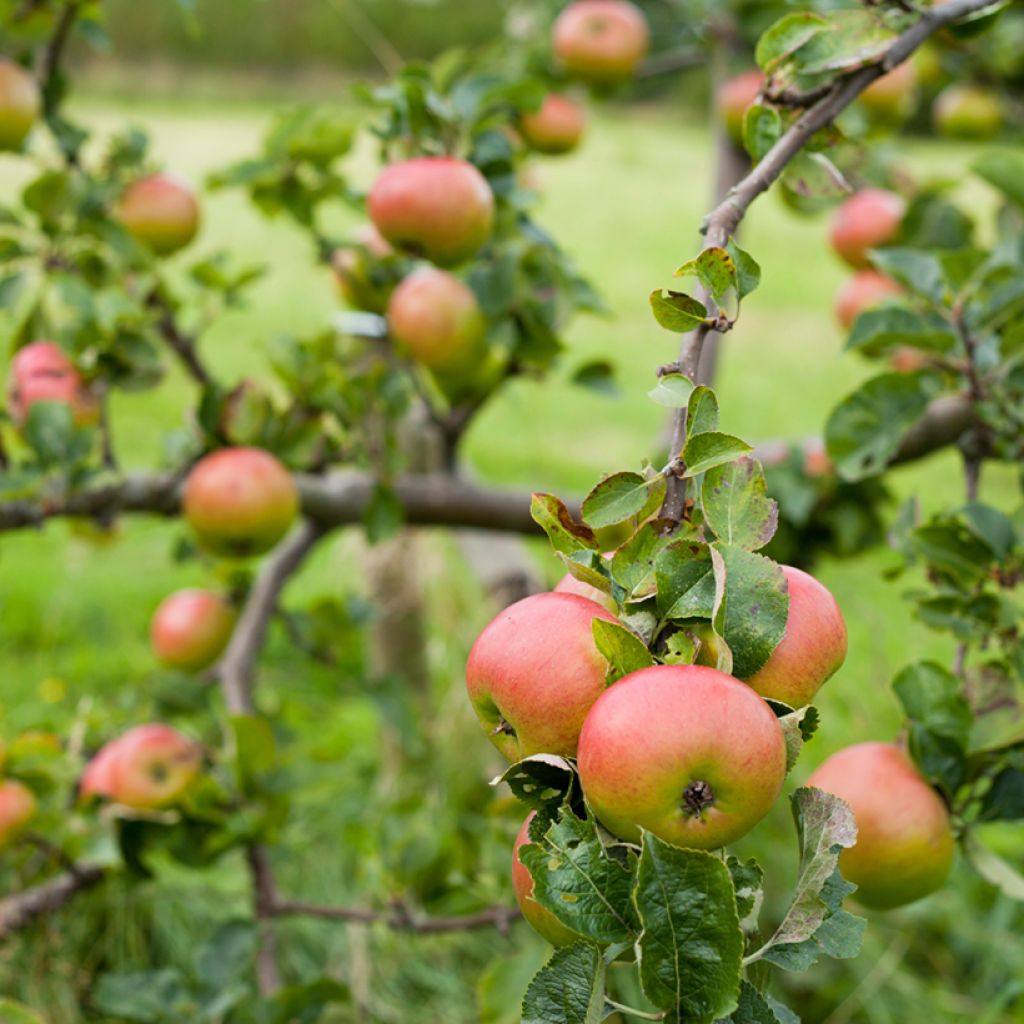

Apple Tree Bramley's Seedling - Malus domestica
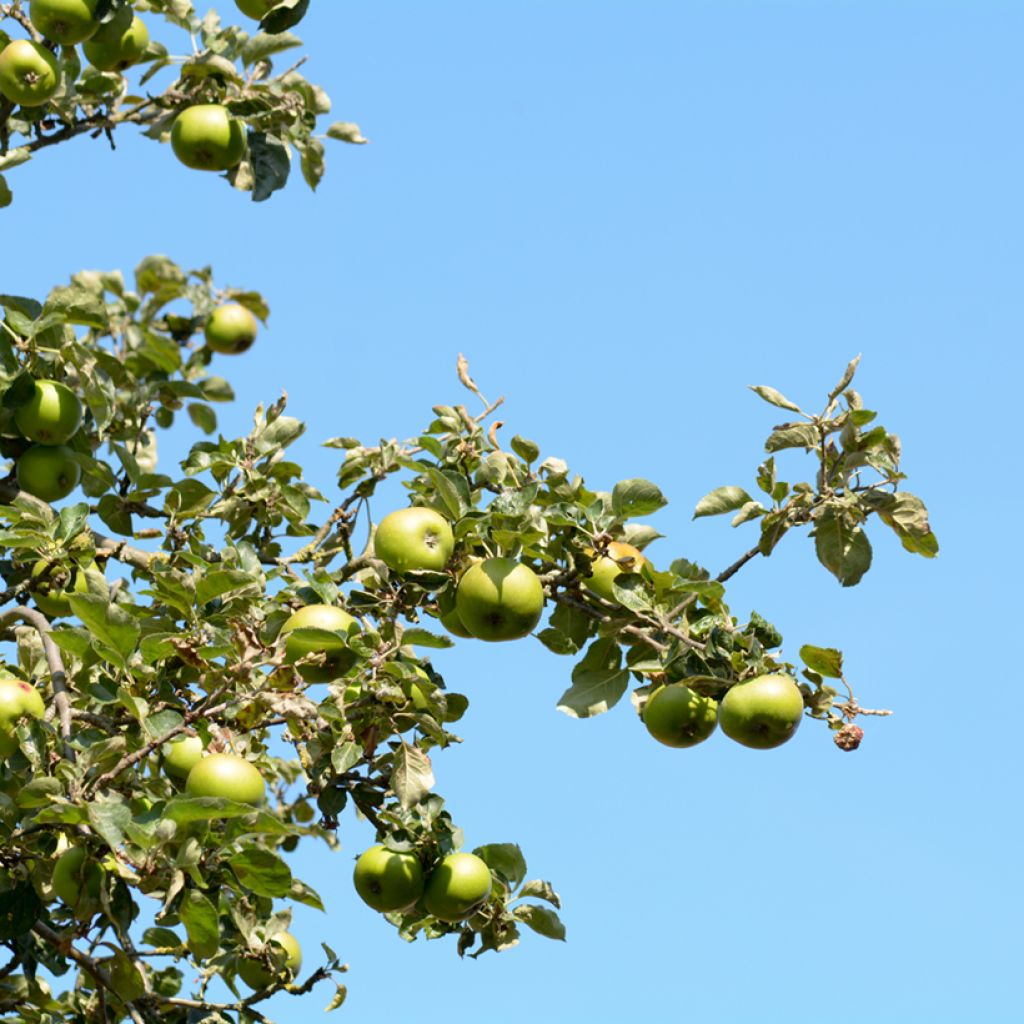

Apple Tree Bramley's Seedling - Malus domestica
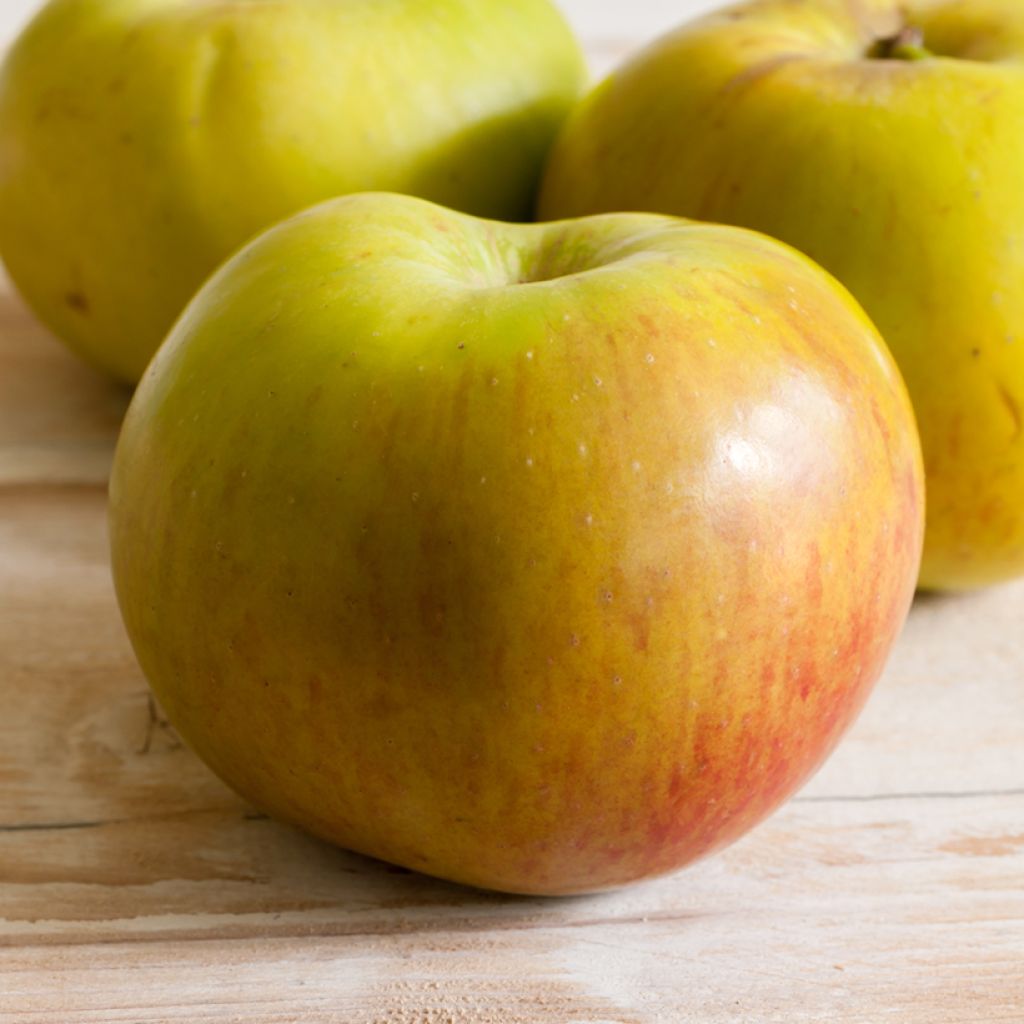

Apple Tree Bramley's Seedling - Malus domestica
Apple Tree Bramley's Seedling - Malus domestica
Malus domestica Bramley's Seedling
Apple, Domestic apple
This item cannot be shipped to the selected country
Oversize package delivery charge from €6.90
More information
Schedule delivery date,
and select date in basket
This plant carries a 6 months recovery warranty
More information
We guarantee the quality of our plants for a full growing cycle, and will replace at our expense any plant that fails to recover under normal climatic and planting conditions.
Oversize package: home delivery by special carrier from €6.90 per order..
Express home delivery from €8.90.
Description
The Bramley's Seedling Apple Tree is an extremely popular cooking apple variety as its fruits perfectly complement dishes. The vigorous tree produces large yellow apples striped with red, with firm and crunchy flesh that holds up well when cooked. Mildly aromatic and acidic, they also make good apple sauce and are suitable for making pies. Highly hardy and resistant to diseases, the tree bears fruit from a young age and its fruits store well through the winter. It is best planted near another pollinating tree, as it is only partially self-fertile.
The Apple Tree is one of many fruit trees that belong to the extensive Rosaceae family, which also includes wild plants from the countryside and forests, as well as numerous ornamental plants, herbaceous ones like the charming Acaena, or woody ones (Cotoneaster, Pyracantha...). The Malus genus includes fruit species, like the Common Apple Tree or Malus domestica (synonyms Malus communis or Malus pumila), and ornamental ones, the beautiful "Flowering Crabapples". Cultivated since ancient times (the Romans already knew 29 different varieties), the Apple Tree is a fruit tree native to the forests of Central Asia and nowadays exists in around 20,000 varieties.
Bramley's Seedling is an old English variety, significant for the cooking apple market. It is triploid (meaning each cell has three sets of chromosomes, instead of two), which explains both the tree's vigour and the size of the fruits. This apple tree can reach heights of 5 m to 7 m, forming a fairly imposing crown. The flowering period is relatively late, often from late April to mid-May, reducing the risk of frost. Partially self-fertile, it is advisable to plant this variety next to another tree that will act as a pollinator, such as 'Transparente de Croncels', 'Reine des Reinettes', 'Reinette de Hollande', 'Beauty of Bath', 'Dantziger Kantapfel', 'Glory of Holland', 'Gloster', 'Lunterse Pippeling', 'Transparent Jaune', and others. Once pollinated, the pretty single, pinkish-white flowers will develop into large fruits of 80 mm in diameter or more, slightly bumpy on the surface, with a yellowish-green skin streaked with red over a quarter of the surface or more. Ripening is late, and harvesting can begin from October. The flesh is firm and crunchy, quite tender, but acidic and mildly aromatic. Therefore, it is normally not consumed fresh but cooked, revealing all its qualities. It is a remarkable variety for its cooking properties, used to accompany cabbage, fish, chicken, or pork. It is also good for making pies, other desserts, or applesauce. The fruit stores remarkably well, lasting from 3 to 5 months under good conditions.
The Bramley's Seedling Apple Tree is a true institution in England, highly hardy and resistant to diseases. You can plant it in your orchard alongside other old varieties of Pear Trees, Plum Trees, or a Common Medlar Tree (Mespilus germanica), another very original old fruit tree with fruits consumed after the first frosts.
The history of this variety begins like a novel when, in the early 19th century, young Mary Ann Brailsford planted a few seeds in a pot, taken from an apple bought by her mother. One of the seeds germinated, and the girl grew it to repot and eventually plant the small tree in the family garden. In 1846, the family sold the house, along with the garden and thus the apple tree, to Matthew Bramley, a professional butcher. As the tree was appreciated for its fruits, cuttings were taken, and Mr. Bramley gave his permission for the tree to be commercialised under the condition that it be named in his honour...
Report an error about the product description
Apple Tree Bramley's Seedling - Malus domestica in pictures
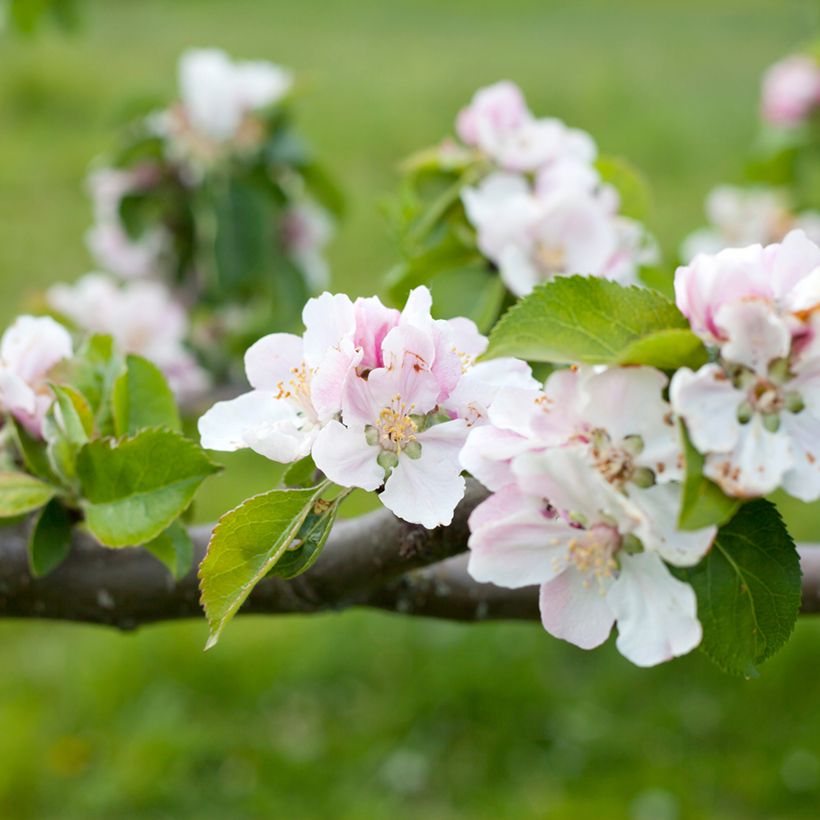



Plant habit
Fruit
Flowering
Foliage
Botanical data
Malus
domestica
Bramley's Seedling
Rosaceae
Apple, Domestic apple
Cultivar or hybrid
Other Apple trees
Planting and care
Choose a sunny location for your 'Bramley's Seedling' apple tree, the soil can be slightly chalky or acidic, but not excessively. Dig a wide planting hole at least three times the volume of the root ball. Simultaneously add organic matter (compost, soil...) and a base fertiliser such as crushed horn. Do not bury the graft union. Stake if necessary. For apple trees planted in isolation and exposed to the wind, it may be beneficial to stake them by installing a guy-wire system: plant 3 stakes in a triangle 50 cm around the trunk and connect them with wooden pieces. Protect the bark with a piece of rubber, for example, and attach the stakes to the trunk with metal wires. Water abundantly, even in winter, even if it rains. Fruit trees are ideally planted between October and March, avoiding frost periods. Container-grown plants can be planted all year round except during periods of extreme heat or frost.
In winter, at the base of the tree and slightly incorporated into the soil surface, you can add a small shovelful of wood ash, rich in potash, which will improve fruiting. The Apple Tree can be susceptible to various diseases and pests. To reduce risks, space the trees adequately, plant multi-species hedges and install birdhouses, or insect hotels to attract beneficial insects. In summary: encourage diversity. The main diseases of the Apple Tree are scab (brown spots on leaves), blossom wilt (drying of flowers and fruit rot on the tree), and powdery mildew (white felting on leaves). Fortunately, this variety is not very sensitive to powdery mildew and scab. In all cases, preventive action is recommended by spraying a horsetail decoction, as a last resort and in case of severe attacks, a curative action can be taken by applying a Bordeaux mixture treatment. As for pests, the codling moth (or apple worm) is a small caterpillar which creates tunnels inside the fruit. To remedy this, it is preferable to act preventively by encouraging birds and bats, by placing nesting boxes. In case of aphid infestation, spray a solution based on black soap.
For proper storage, place the apple with its stalk downwards, in trays or crates. Choose a completely dark, dry, cool but frost-free place. Under these conditions, 'Bramley's Seedling' apples can be stored for 3 to 5 months after harvest.
Planting period
Intended location
Care
This item has not been reviewed yet - be the first to leave a review about it.
Haven't found what you were looking for?
Hardiness is the lowest winter temperature a plant can endure without suffering serious damage or even dying. However, hardiness is affected by location (a sheltered area, such as a patio), protection (winter cover) and soil type (hardiness is improved by well-drained soil).

Photo Sharing Terms & Conditions
In order to encourage gardeners to interact and share their experiences, Promesse de fleurs offers various media enabling content to be uploaded onto its Site - in particular via the ‘Photo sharing’ module.
The User agrees to refrain from:
- Posting any content that is illegal, prejudicial, insulting, racist, inciteful to hatred, revisionist, contrary to public decency, that infringes on privacy or on the privacy rights of third parties, in particular the publicity rights of persons and goods, intellectual property rights, or the right to privacy.
- Submitting content on behalf of a third party;
- Impersonate the identity of a third party and/or publish any personal information about a third party;
In general, the User undertakes to refrain from any unethical behaviour.
All Content (in particular text, comments, files, images, photos, videos, creative works, etc.), which may be subject to property or intellectual property rights, image or other private rights, shall remain the property of the User, subject to the limited rights granted by the terms of the licence granted by Promesse de fleurs as stated below. Users are at liberty to publish or not to publish such Content on the Site, notably via the ‘Photo Sharing’ facility, and accept that this Content shall be made public and freely accessible, notably on the Internet.
Users further acknowledge, undertake to have ,and guarantee that they hold all necessary rights and permissions to publish such material on the Site, in particular with regard to the legislation in force pertaining to any privacy, property, intellectual property, image, or contractual rights, or rights of any other nature. By publishing such Content on the Site, Users acknowledge accepting full liability as publishers of the Content within the meaning of the law, and grant Promesse de fleurs, free of charge, an inclusive, worldwide licence for the said Content for the entire duration of its publication, including all reproduction, representation, up/downloading, displaying, performing, transmission, and storage rights.
Users also grant permission for their name to be linked to the Content and accept that this link may not always be made available.
By engaging in posting material, Users consent to their Content becoming automatically accessible on the Internet, in particular on other sites and/or blogs and/or web pages of the Promesse de fleurs site, including in particular social pages and the Promesse de fleurs catalogue.
Users may secure the removal of entrusted content free of charge by issuing a simple request via our contact form.
The flowering period indicated on our website applies to countries and regions located in USDA zone 8 (France, the United Kingdom, Ireland, the Netherlands, etc.)
It will vary according to where you live:
- In zones 9 to 10 (Italy, Spain, Greece, etc.), flowering will occur about 2 to 4 weeks earlier.
- In zones 6 to 7 (Germany, Poland, Slovenia, and lower mountainous regions), flowering will be delayed by 2 to 3 weeks.
- In zone 5 (Central Europe, Scandinavia), blooming will be delayed by 3 to 5 weeks.
In temperate climates, pruning of spring-flowering shrubs (forsythia, spireas, etc.) should be done just after flowering.
Pruning of summer-flowering shrubs (Indian Lilac, Perovskia, etc.) can be done in winter or spring.
In cold regions as well as with frost-sensitive plants, avoid pruning too early when severe frosts may still occur.
The planting period indicated on our website applies to countries and regions located in USDA zone 8 (France, United Kingdom, Ireland, Netherlands).
It will vary according to where you live:
- In Mediterranean zones (Marseille, Madrid, Milan, etc.), autumn and winter are the best planting periods.
- In continental zones (Strasbourg, Munich, Vienna, etc.), delay planting by 2 to 3 weeks in spring and bring it forward by 2 to 4 weeks in autumn.
- In mountainous regions (the Alps, Pyrenees, Carpathians, etc.), it is best to plant in late spring (May-June) or late summer (August-September).
The harvesting period indicated on our website applies to countries and regions in USDA zone 8 (France, England, Ireland, the Netherlands).
In colder areas (Scandinavia, Poland, Austria...) fruit and vegetable harvests are likely to be delayed by 3-4 weeks.
In warmer areas (Italy, Spain, Greece, etc.), harvesting will probably take place earlier, depending on weather conditions.
The sowing periods indicated on our website apply to countries and regions within USDA Zone 8 (France, UK, Ireland, Netherlands).
In colder areas (Scandinavia, Poland, Austria...), delay any outdoor sowing by 3-4 weeks, or sow under glass.
In warmer climes (Italy, Spain, Greece, etc.), bring outdoor sowing forward by a few weeks.

































